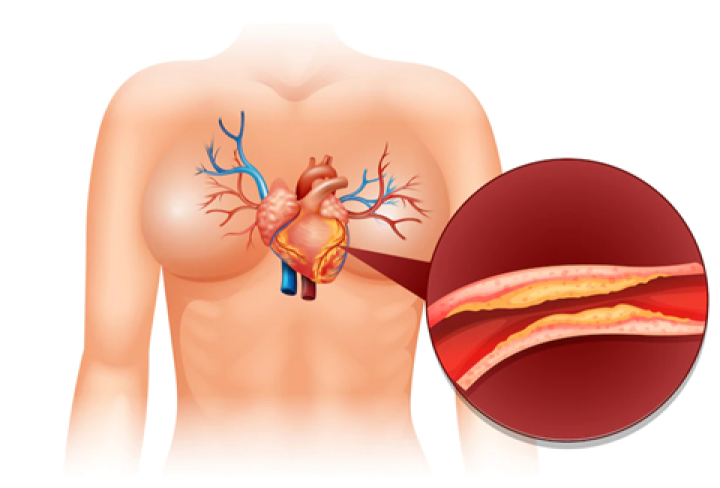What is Coronary Angioplasty?
- A procedure to open the narrowed or blocked heart blood vessels (coronary arteries)
- Involves inserting and inflating a tiny balloon in the area where the blood vessel is blocked to help widen it
- Increase blood flow and reduces the damage to the heart
Types of Coronary Angioplasty
2 main types:
- Balloon angioplasty: Uses pressure of an inflating balloon to clear plaque that is blocking the artery
- Stent: Involves a tube, or stent, made of wire mesh. Stents help to prevent the arteries from blocking again after angioplasty.
Your doctor will discuss the treatment options and decide which is the best for you.
Indications for Coronary Angioplasty
- Blockages in the heart
- Increase blood flow to the heart
- Reduce chest pain and shortness of breath
- Improve blood supply to the heart muscle during or after a heart attack
Coronary Angioplasty: How to Prepare?
- Your doctor conducts a physical exam and reviews your medical history
- You may need specific blood tests, ECG and X-ray of the heart
Note
- Do not eat or drink anything after midnight on the day of surgery
- Adjust your current medications (as per the doctor’s advice)
Coronary Angioplasty: What to Expect?
Your doctor will
- Clean and numb the area where the catheter enters the body
- Inserts the catheter into the artery and directs it toward the coronary artery
- Injects a contrast dye through the catheter which helps to identify the blockages
- Then inserts, a second catheter (with a balloon at the tip) to push the plaque buildup away and open the artery
After Coronary Angioplasty: When to Call Your Doctor?
- Bleeding or Infection (at the catheter entry site)
- Color changes in leg
- Pain or warmth at the site of the catheter
Inform your doctor if you have trouble with any medications after the surgery.
Coronary Angioplasty: Recovery Care
Drink plenty of fluids as it helps to flush out contrast dye from your body
- Avoid smoking and alcohol consumption
- Eat a Healthy Diet
- Maintain healthy weight
- Avoid heavy exercises
- Manage stress levels
- Incorporate omega-3 fatty acids into the diet (fish oil, soyabean oil)
- Visit your cardiologist for follow-ups
FAQ: What are the Benefits of Coronary Angioplasty?
- Fewer Risks and Economical
- Small Incision
- Short Recovery Time
- Immediate relief in symptoms
FAQ: Does coronary angioplasty hurt?
NO! The doctor will numb the area, and you may feel slight pressure while inserting the catheter.
It is important to discuss the benefits and risks of coronary angioplasty with your doctor to determine if it is the right treatment option for an individual’s specific condition. Overall, coronary angioplasty can be an effective and life-saving procedure for those with coronary artery disease.

